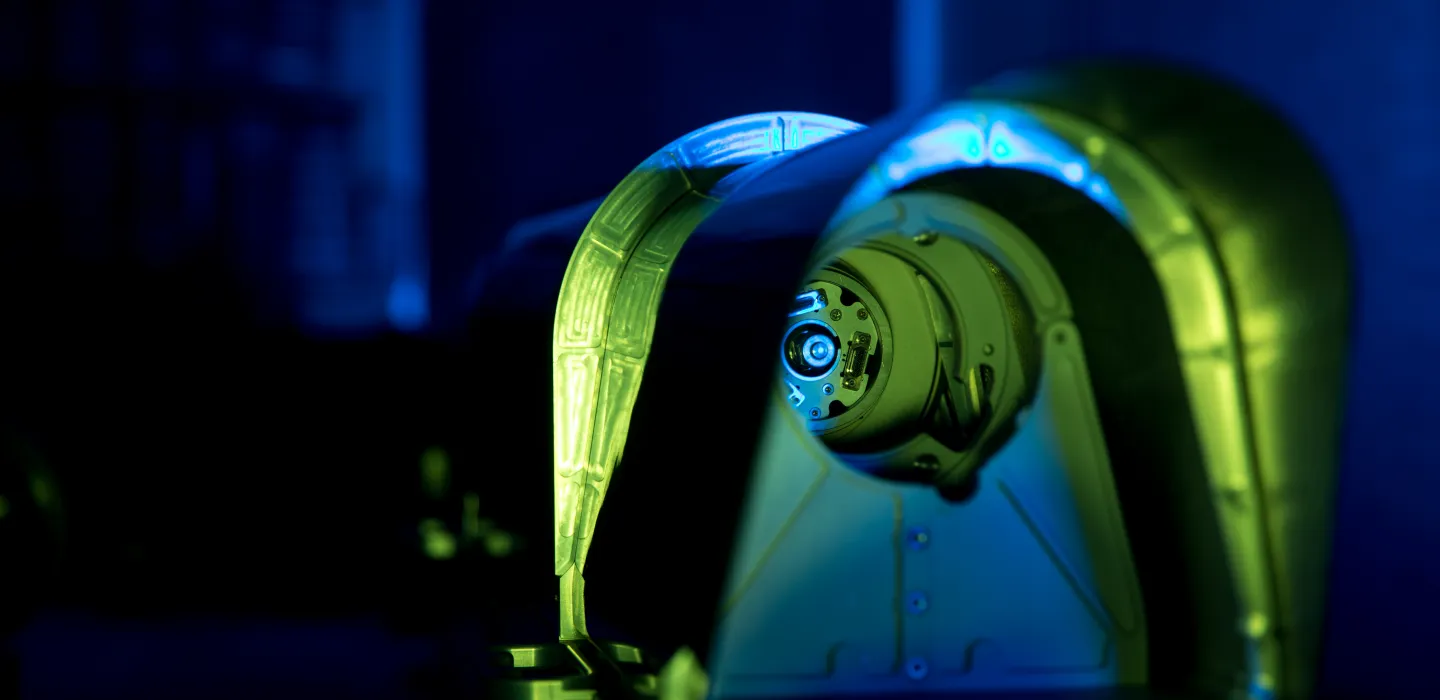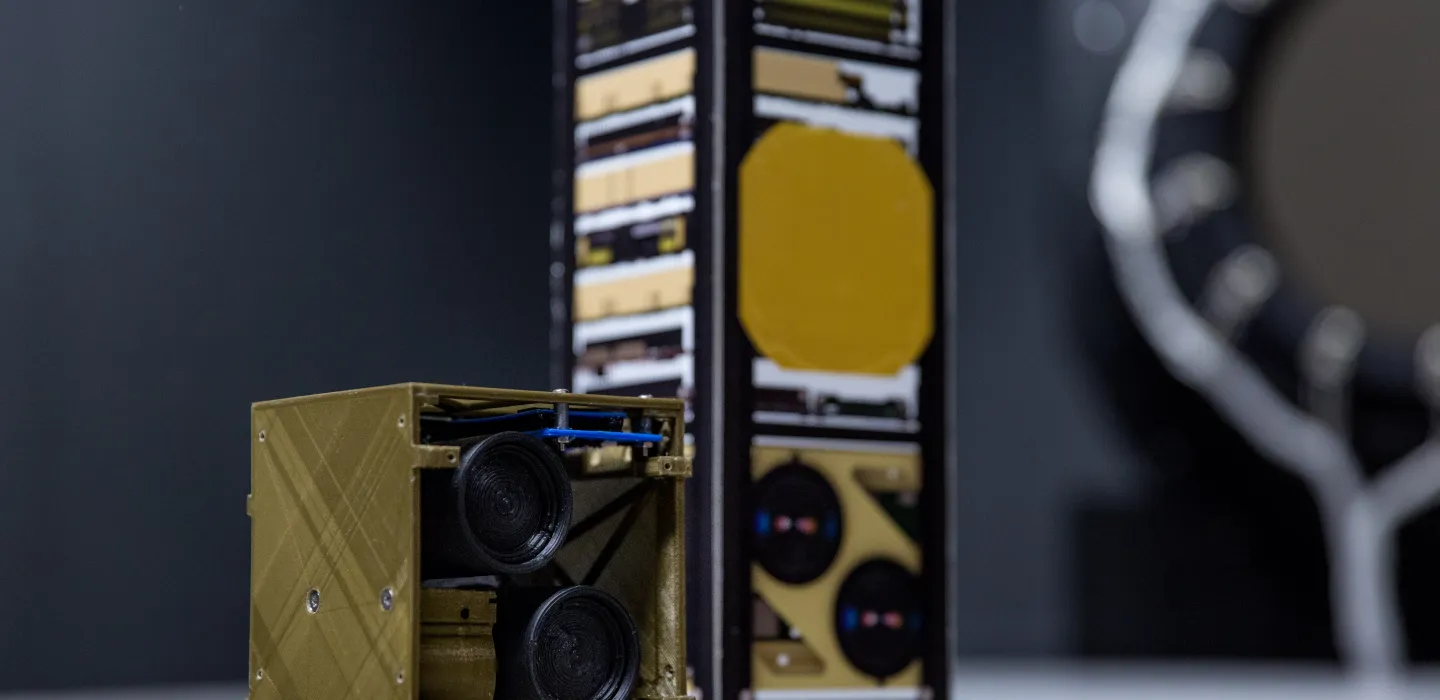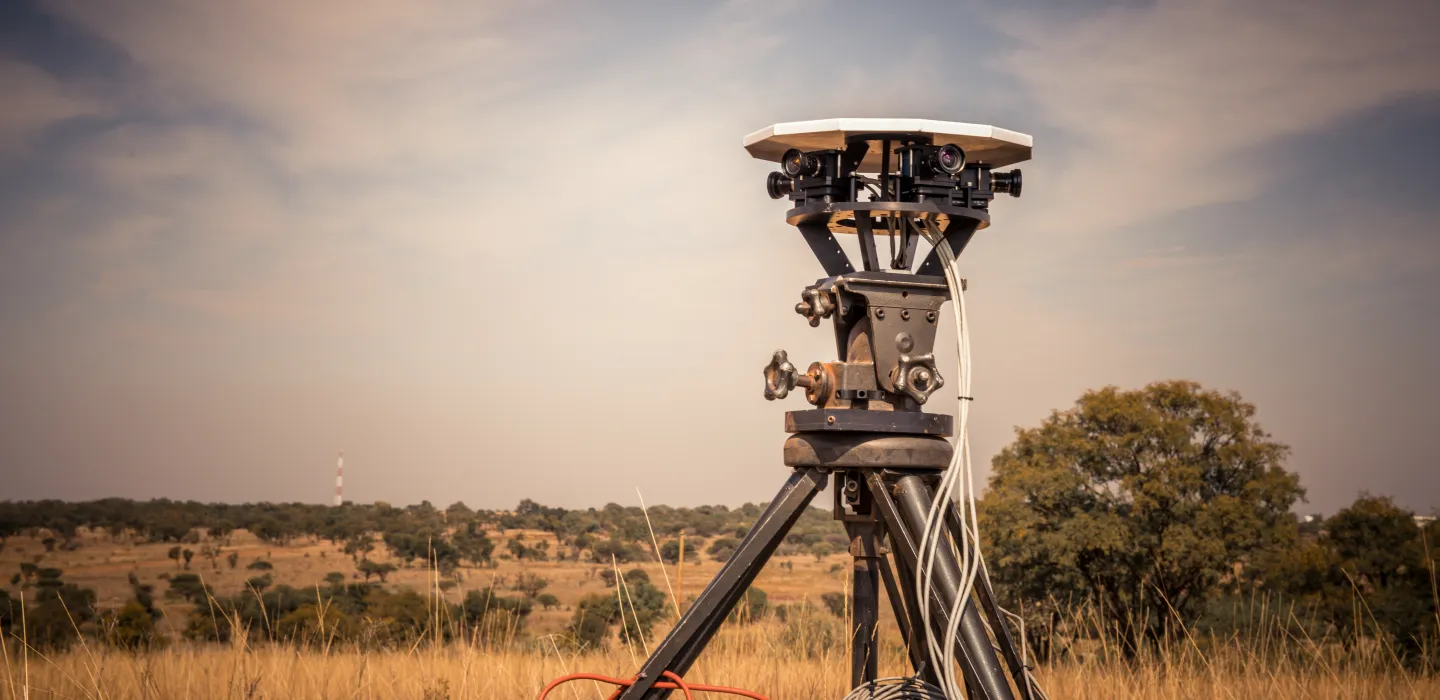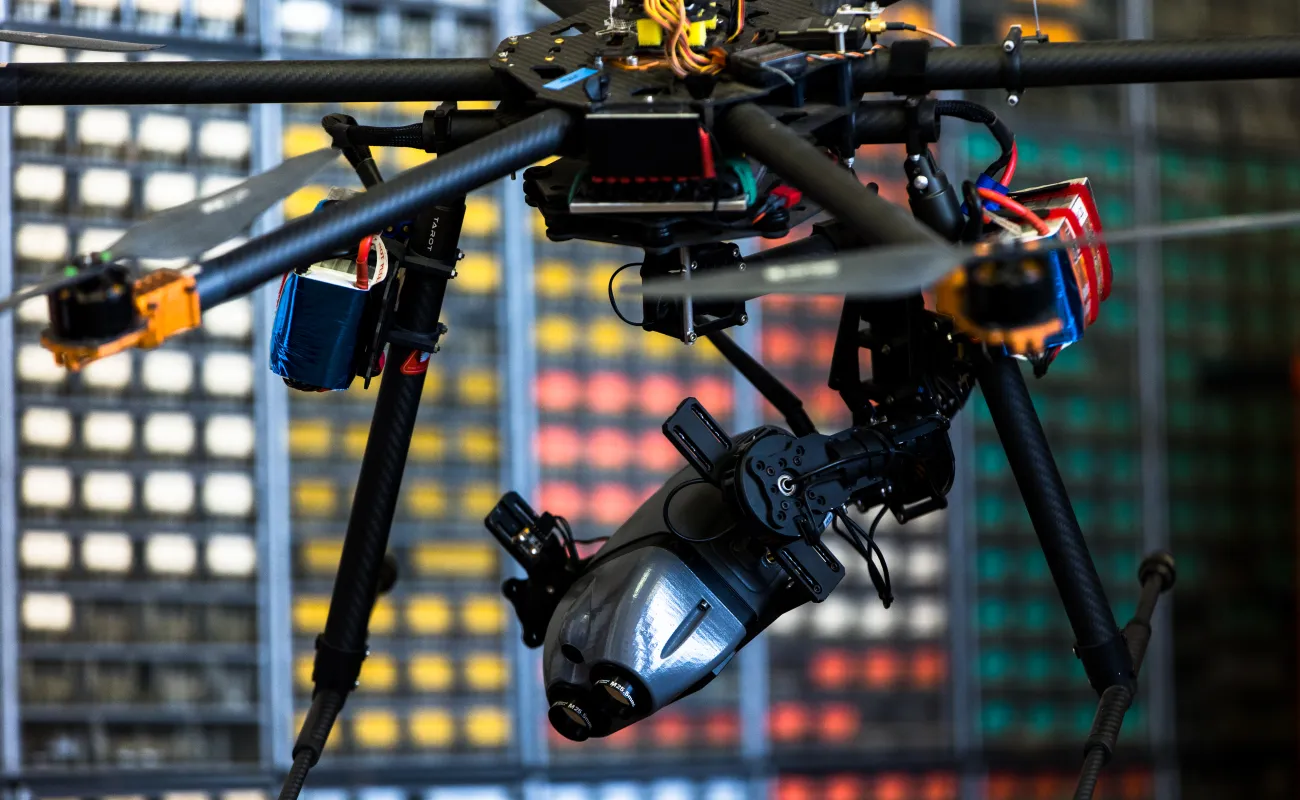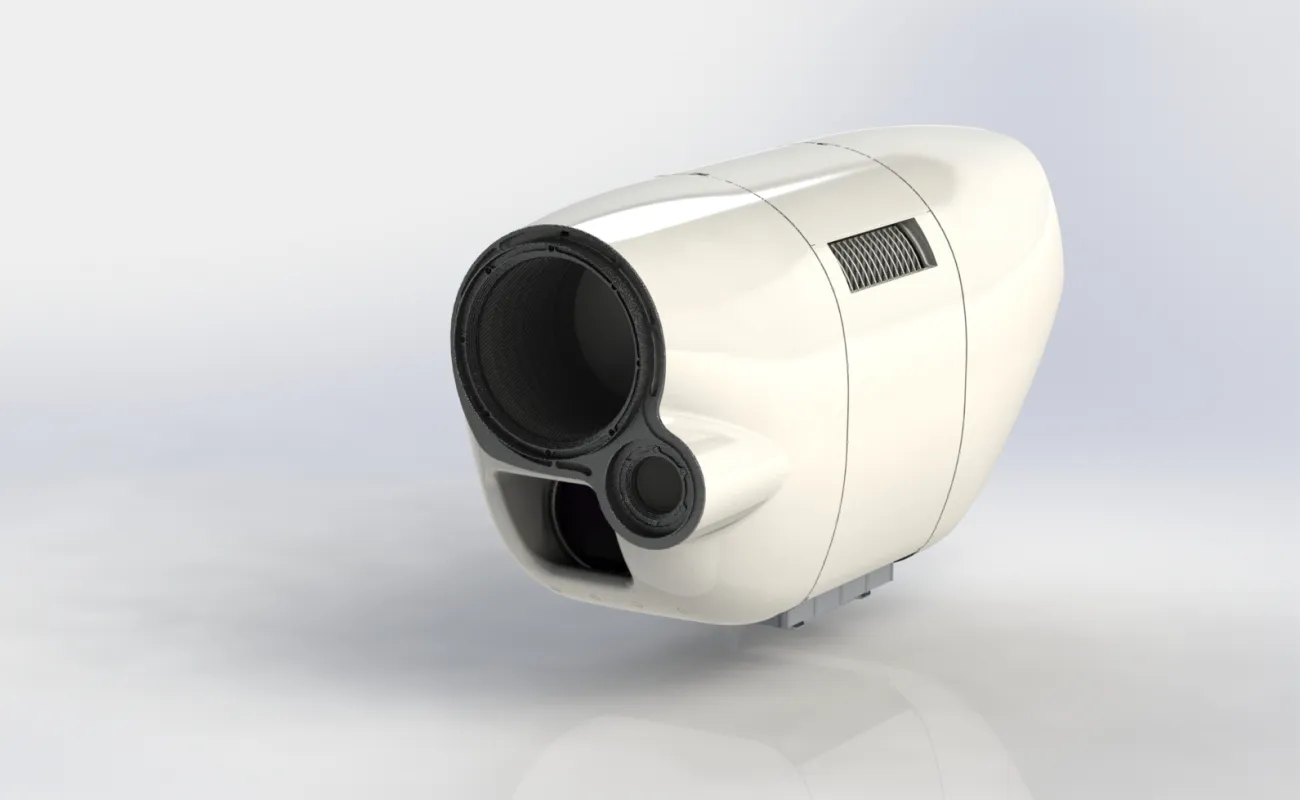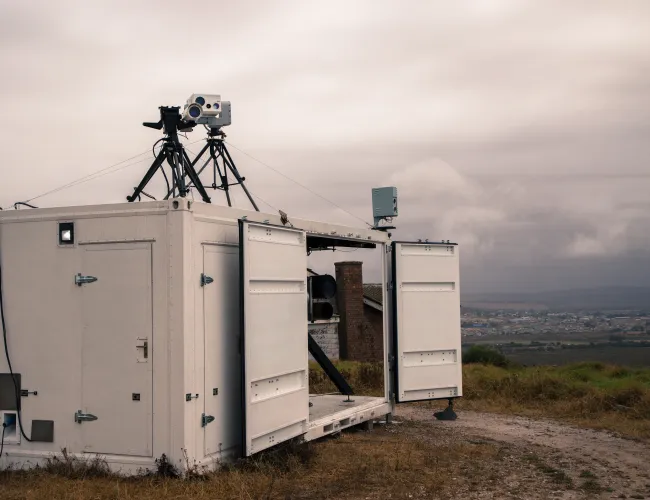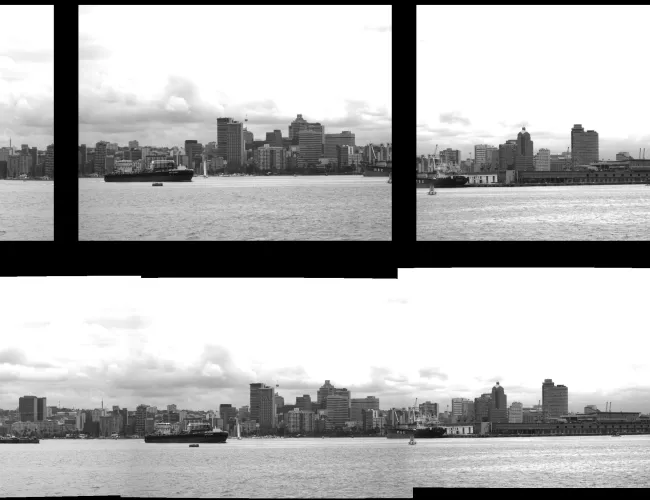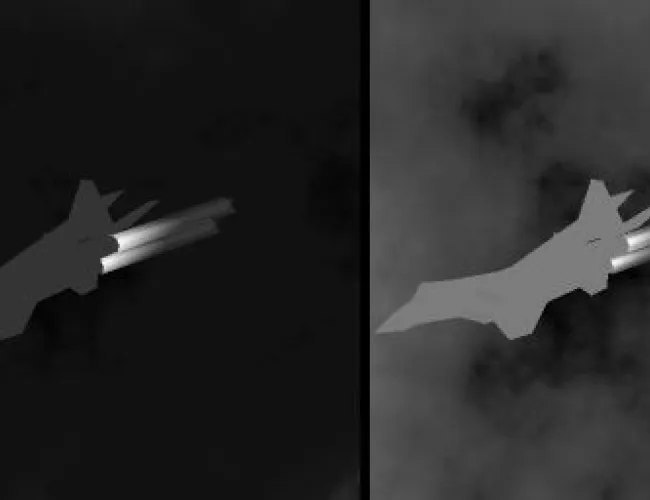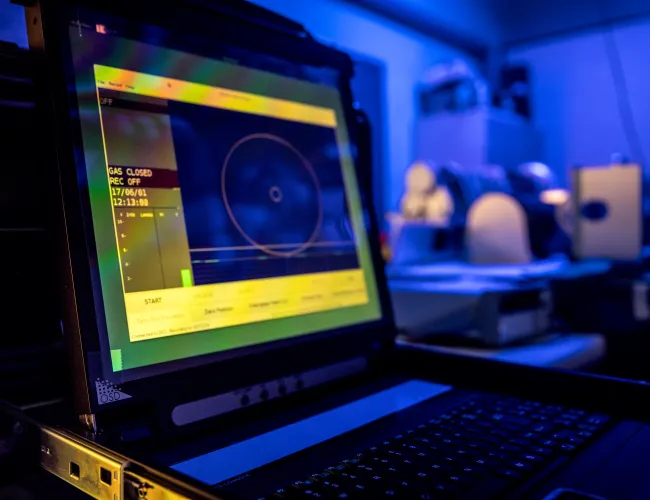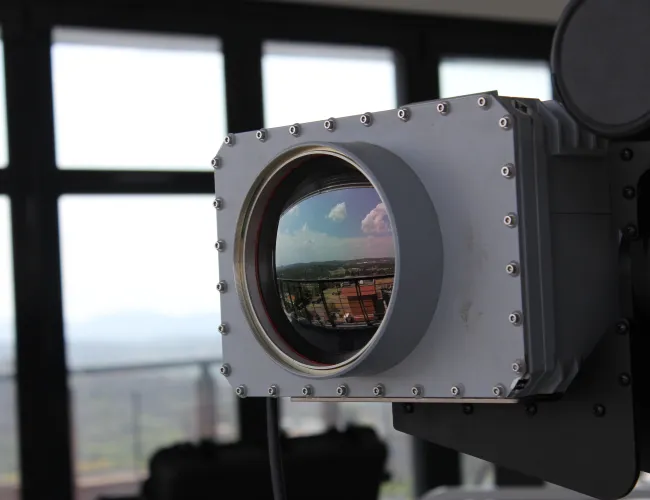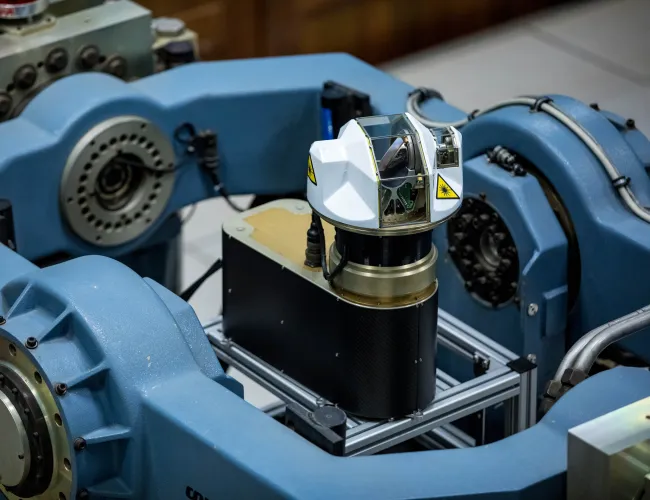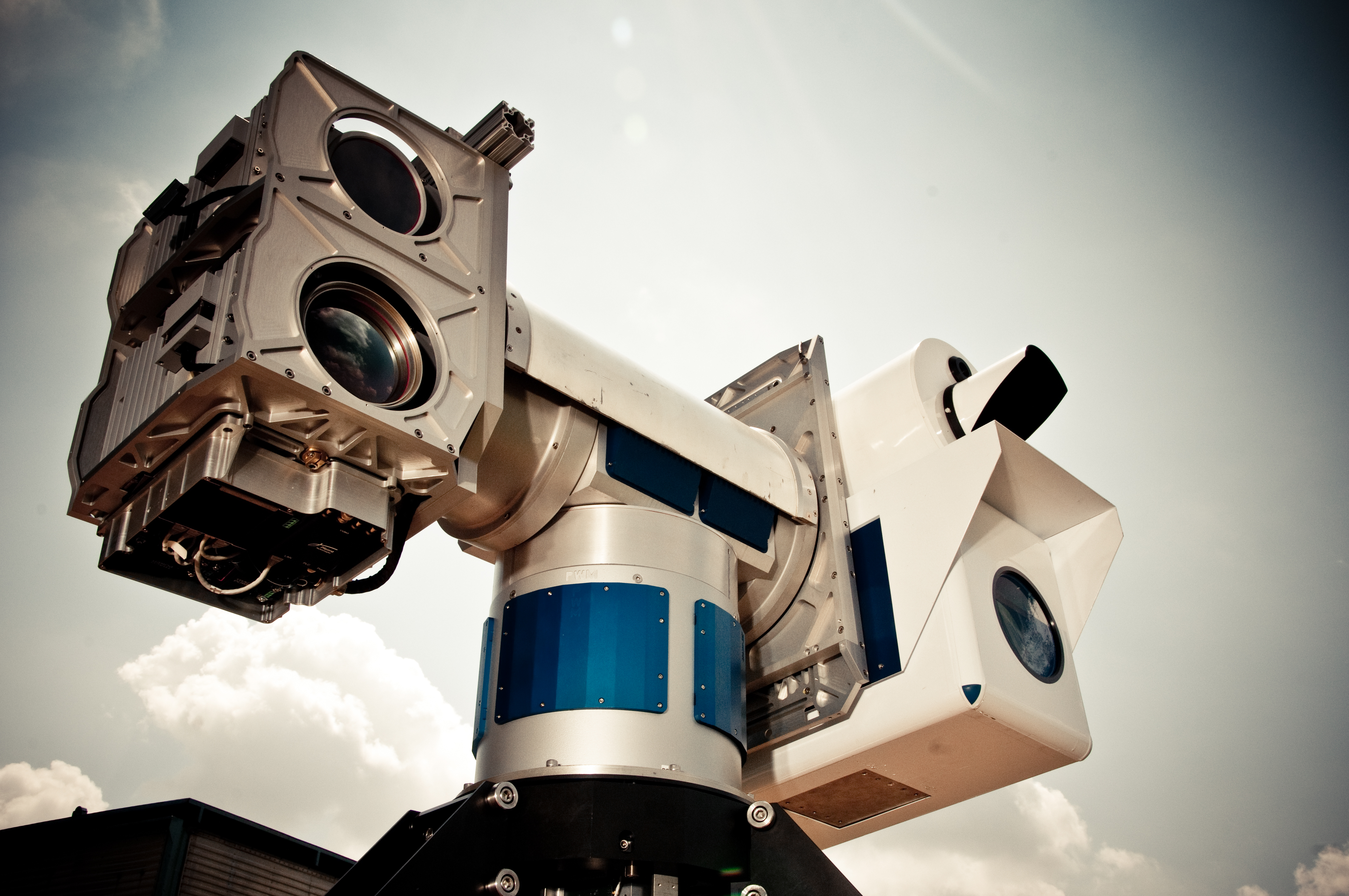What we do
Contact information:
Highlights

Western Cape firefighter drones to use CSIR sensors
Table Mountain authorities in the Western Cape may soon call on firefighter drones to detect and extinguish small fires in hard-to-reach places before they spread to the City of Cape Town. The CSIR has licensed its K-Line fire sensor to a local company, Autonosky, which designed their Autono1 drone to drop fire-retardant balls on small-scale blazes.
Innovations
Our research
Our facilities
